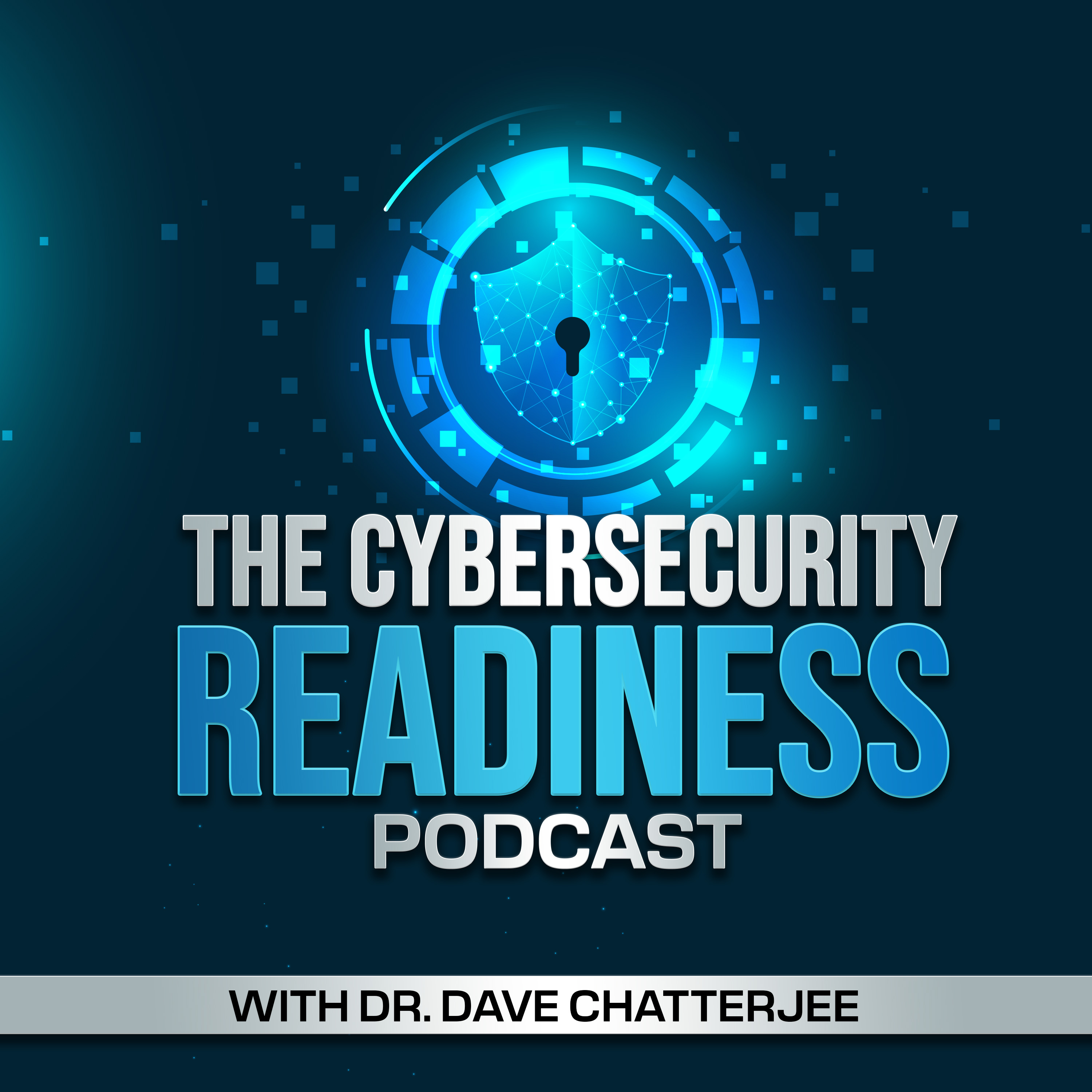Episode 52
Identity Orchestration Strategies and Best Practices
Cloud migration and remote work requirements are forcing organizations to modernize their applications and identity systems. Making the transition is both time-consuming and expensive using traditional software development practices. By decoupling applications from identity, orchestration can alleviate the burden while allowing companies to seamlessly mix and match different cloud providers as well as MFA and passwordless technologies. In this episode, Eric Olden, Co-founder and CEO at Strata Identity sheds light on identity orchestration strategies and best practices.
To access and download the entire podcast summary with discussion highlights --
https://www.dchatte.com/episode-52-identity-orchestration-strategies-and-best-practices/
Connect with Host Dr. Dave Chatterjee and Subscribe to the Podcast
Please subscribe to the podcast, so you don't miss any new episodes! And please leave the show a rating if you like what you hear. New episodes release every two weeks.
Connect with Dr. Chatterjee on these platforms:
LinkedIn: https://www.linkedin.com/in/dchatte/
Website: https://dchatte.com/
Cybersecurity Readiness Book: https://www.amazon.com/Cybersecurity-Readiness-Holistic-High-Performance-Approach/dp/1071837338
https://us.sagepub.com/en-us/nam/cybersecurity-readiness/book275712
Latest Publications:
Preventing Security Breaches Must Start at the Top
Latest Webinars:

